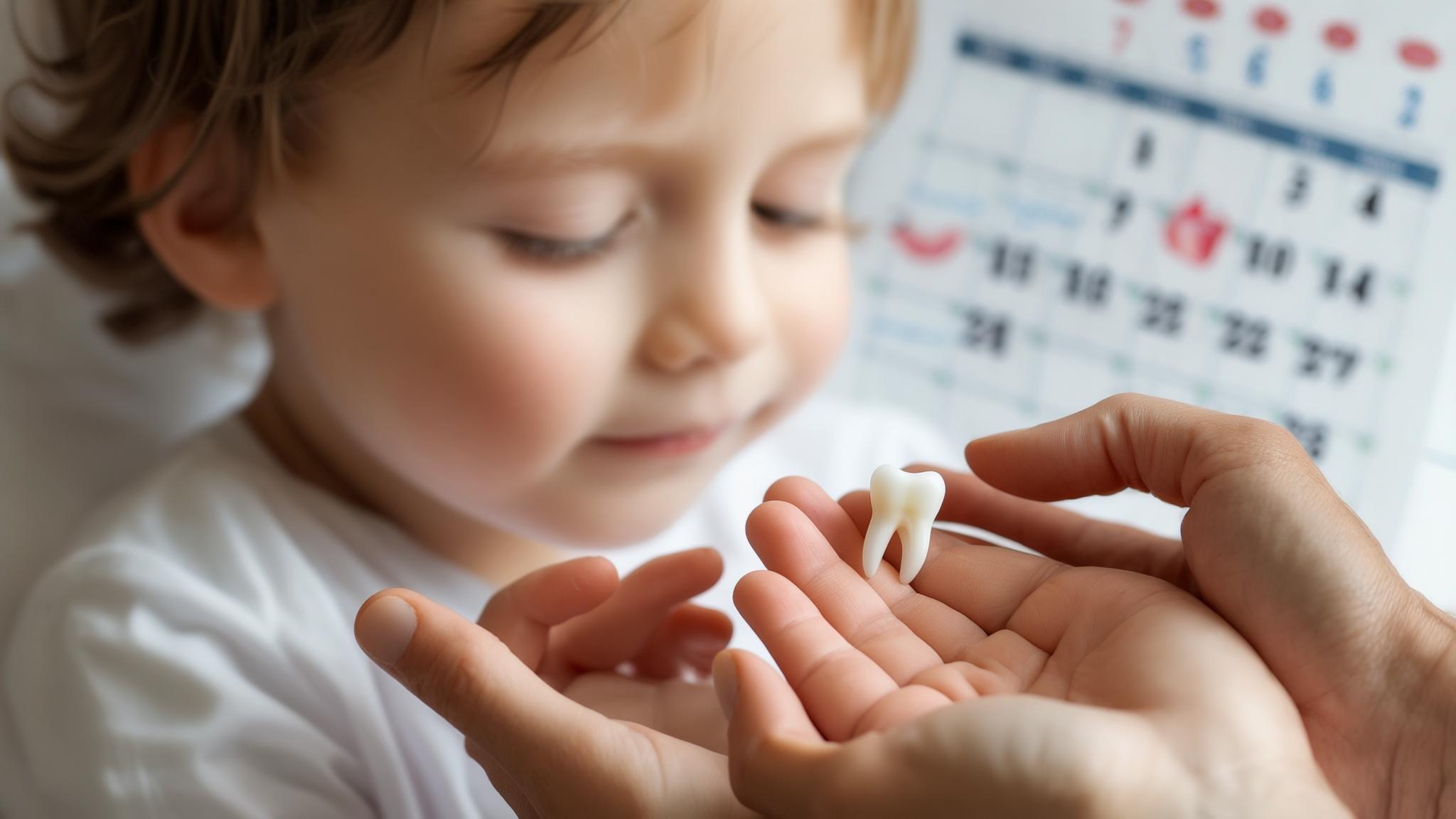Understanding Baby Teeth
Baby teeth, also known as primary teeth, play a crucial role in your child’s development. They are not just placeholders for permanent teeth but have several important functions. First, they are essential for speech development. When children learn to speak, they rely on their teeth to form sounds correctly. Second, baby teeth are vital for proper chewing and nutrition. Without them, eating can become a challenge, affecting a child's ability to get necessary nutrients. Lastly, they act as space holders for permanent teeth. This ensures that adult teeth have the right amount of space to grow in properly, reducing the risk of overcrowding.
In total, children have 20 baby teeth, which include incisors, canines, and molars. These teeth begin to appear around six months of age and continue to come in until about age three.
Timeline for Tooth Exfoliation
The process of losing baby teeth, known as exfoliation, typically occurs between the ages of 6 and 12. However, there is a wide range of normal, and each child’s experience can differ. Generally, the first teeth to go are the central incisors, usually around age 6 or 7. These are followed by the lateral incisors, canines, and molars.
The order of tooth loss often mirrors the order in which the teeth came in. For example, the central incisors come in first and are usually the first to fall out. While genetics play a significant role in determining the timing of tooth loss, factors like nutrition and oral health practices also influence it.
Signs That a Baby Tooth is Ready to Fall Out
There are several signs that a baby tooth is ready to fall out. Physically, the tooth will become loose and may cause some discomfort or pain. Behaviorally, children might fiddle with the tooth more often and may change their eating habits to avoid discomfort.
What Parents Should Do
Encouraging natural exfoliation is important. It's best to let the tooth fall out on its own to avoid any unnecessary pain or damage to the gums. Maintaining good oral hygiene is also crucial during this time. Encourage your child to brush and floss regularly and keep up with dental check-ups.
Managing your child's anxiety around tooth loss can also be beneficial. Discussing the tooth fairy tradition can make the experience more exciting and less daunting. Providing reassurance and explaining the process can help ease any fears they may have.
Common Concerns and Questions
It's normal for parents to worry if a child loses a tooth too early or too late. If you have concerns, consult with a pediatric dentist who can provide guidance and reassurance. Dental emergencies, such as a knocked-out tooth, should be handled promptly by a professional.
As your child transitions to permanent teeth, expect some changes. The new teeth will be larger and may appear more spaced out initially. This is a normal part of development.
Conclusion
Understanding the process of tooth exfoliation is key to supporting your child's dental health journey. Being informed allows you to be proactive and provide the best care for your child. If you have any concerns or questions, don't hesitate to reach out to a pediatric dentist for personalized advice.
References
- American Dental Association. "MouthHealthy: Oral Health for Kids." ADA
- Mayo Clinic. "Teeth development in children." Mayo Clinic

